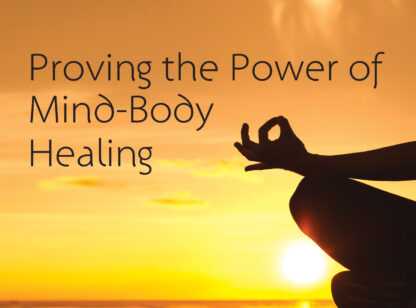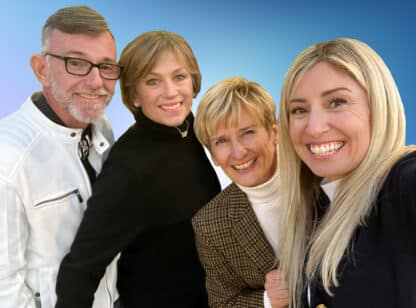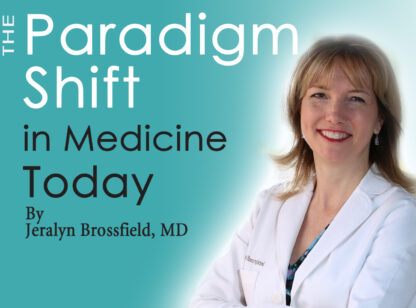According to the National Institute of Mental Health, major depressive disorder impacts roughly 1 in 6 Americans at some point in their lifetime and is now a leading cause of disability as well as one of the factors impacting the growing incidence of suicide. The costs associated with major depression are estimated to be $210 billion annually.1
Common treatments for depression include anti-depressant medication and therapies such as mindfulness, cognitive behavioral therapy and talk therapy. The challenges with medication, however, include patient compliance, potential negative side effects, and multiple trials to determine what works best for each patient. Unfortunately, less than 50% of those treated with anti-depressant medication see any meaningful response.
Historically electro-convulsive shock therapy (ECT) was also used for more advanced cases of depression and had positive results but was highly invasive, requiring hospitalization and anesthesia and causing deleterious long-term side effects.
Deep Transcranial Magnetic Stimulation (dTMS) was introduced as a treatment option for depression in the U.S. in 2008 and approved for clinical use by the FDA in 2013. Results have been impressive.
Deep TMS is a localized and non-invasive treatment, stimulating neural pathways in the brain via short magnetic pulses. Theses pulses are similar to the magnetic waves used in an MRI. During treatment, a cushioned helmet lined with electromagnetic coils generates magnetic pulses that are delivered to the dorso-lateral pre-frontal cortex, the region of the brain that regulates mood and emotion. Precise coordinates are mapped for each patient and re-mapped during the course of treatment to ensure maximal impact.
The impact of depression treatment is measured in terms of ‘response’ and ‘remission’ rates on depression rating scales such as the PHQ-9. According to Dr. Manish Sheth, medical director of Achieve TMS in Rancho Mirage, a response rate would be a 50% or greater reduction in depressive symptoms on the scales while remission would be an absence of depressive symptoms. Clinical data from more than 800 patients at Achieve TMS centers corroborates clinical studies long period of time with 70% showing a response – almost double what is seen with anti-depressants and over 49 percent experiencing remission or absence of depressive symptoms at the time of treatment completion.
There are no known side effects of dTMS treatment other than reports of discomfort from the noise and a mild, transitory headache.
Treatment sessions take 20 minutes a day, 5 days per week for 6 weeks and patients frequently report symptom improvement in the first couple of weeks. Patients may choose to watch television, listen to music or meditate during treatment.
For more information on deep transcranial magnetic stimulation, contact Achieve TMS at (844) 467.3867.
Reference: 1) Scientific American. The Growing Economic Burden of Depression in the U.S. Paul E. Greenberg. February 25, 2015



















































Comments (0)